Home>Ideas and Tips>How To Design A Cottage-Style Cutting Garden
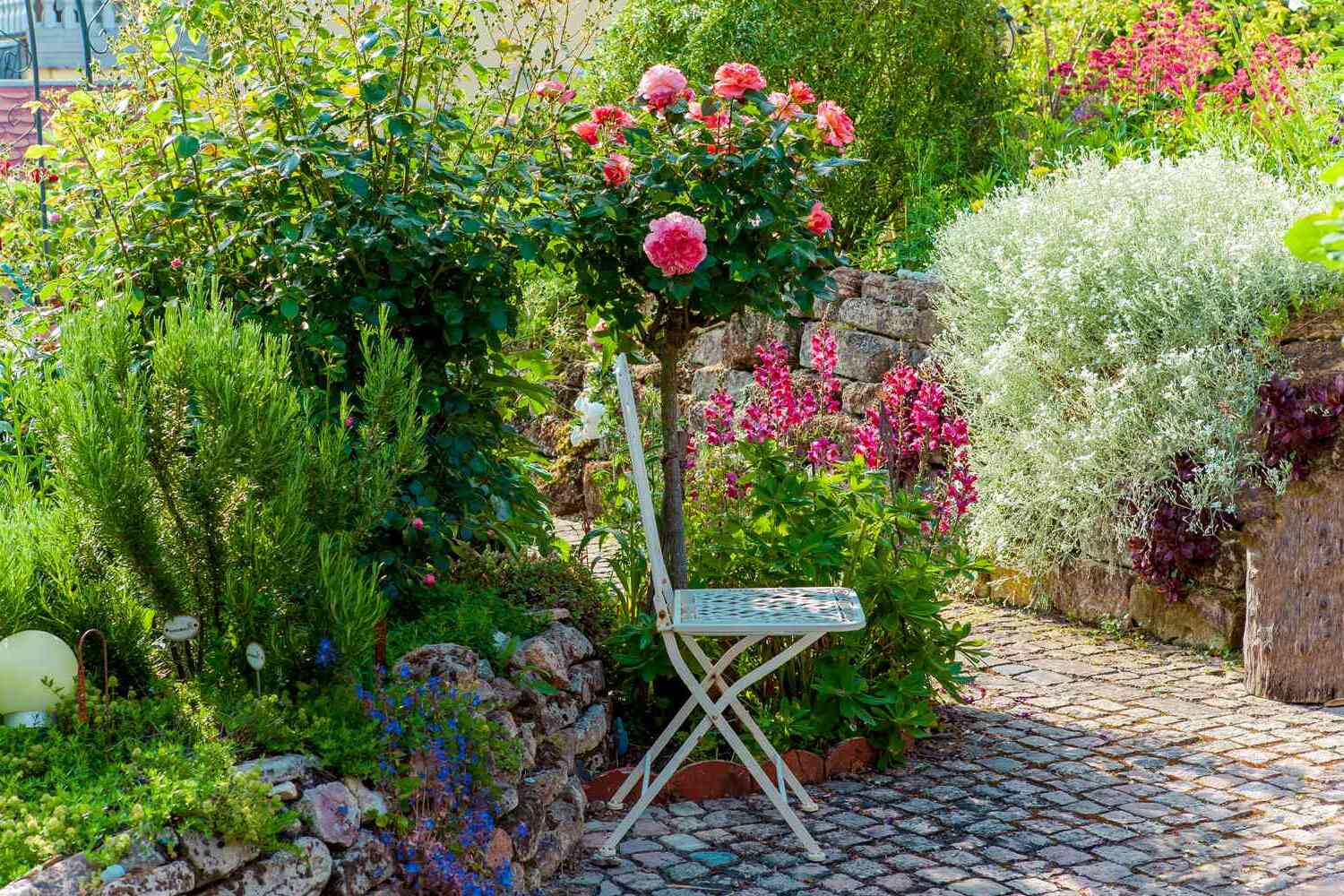

Ideas and Tips
How To Design A Cottage-Style Cutting Garden
Modified: October 27, 2024
Learn how to design a charming cottage-style cutting garden with our step-by-step guide. Enjoy fresh flowers year-round with these expert tips.
(Many of the links in this article redirect to a specific reviewed product. Your purchase of these products through affiliate links helps to generate commission for Storables.com, at no extra cost. Learn more)
Creating a cottage-style cutting garden is a delightful way to bring beauty and fragrance into your home while enjoying the therapeutic benefits of gardening. A cottage garden is characterized by its whimsical, natural, and densely planted design, which makes it perfect for growing a variety of flowers that can be cut and used in arrangements. In this article, we will guide you through the steps to design and plant a stunning cottage-style cutting garden that will provide you with fresh flowers all year round.
Choosing the Right Location
Before you start designing your cottage-style cutting garden, it is crucial to choose the right location. The majority of flowers in a cutting garden require full sun, which means they need at least 6 hours of direct sunlight per day. If your garden receives less sunlight, you can still grow shade-loving plants, but the variety of flowers will be limited.
When evaluating the sunlight in your garden, consider the time of day and any shadows cast by buildings, trees, or other landscape features. For example, if you have tall trees behind your house, they might block the afternoon sun, which could affect the growth of your flowers.
Read more: How To Design A Cottage-Style Flower Garden
Evaluating Garden Beds for Sunlight
When planning the layout of your garden bed, it is essential to evaluate the amount of sunlight available. Most flowers in a cutting garden need at least 6 hours of direct sunlight daily. To ensure that your plants receive the right amount of light, group them according to their sunlight requirements.
For instance, if you have a mix of sun-loving flowers like sunflowers and daisies, place them in areas that receive full sun. On the other hand, if you have shade-loving plants like impatiens or coleus, place them in areas that receive partial shade.
Choosing an Area With Healthy Soil
In addition to sunlight, the health of your soil is crucial for the success of your cutting garden. Choose an area with well-drained, healthy soil that is free from large root systems. Before planting your seed starts, perform a soil test to determine the pH level and nutrient content of your soil.
There are various soil test options available, ranging from inexpensive DIY kits to professional services offered by local garden resource centers. Adding organic matter like compost, fish compost, and mulched leaves can significantly improve the health of your soil and enhance the growth of your flowers.
Designing Your Cut Flower Garden Layout
A thoughtfully designed garden enhances the visual appeal and makes it easier to care for your plants. Here are some key steps to help you design your cut flower garden layout:
Define Your Garden Space
Start by clearly defining the boundaries of your flower garden. You can create defined borders with garden edging, stones, or other materials. This adds structure and prevents grass and weeds from encroaching on your flower beds.
Read more: How To Design A Cottage-Style Garden
Consider the Natural Landscape
Consider the landscape features of your garden, such as trees, shrubs, or architectural elements like fences and walls. These elements can serve as backdrops or focal points for your flower beds.
Group Plants Thoughtfully
Group flowers with similar water and sunlight requirements together. This makes it easier to care for your garden, as you can provide the right conditions for each group without over- or under-watering or shading.
Create Paths and Access Aisles
Design your garden layout with paths and access aisles. These make it easier to reach and care for your flowers and add visual interest. To define these pathways, you can use gravel, stone, or wood chips.
Incorporate Focal Points
Add focal points to your garden, such as a decorative trellis, a birdbath, or a seating area. These elements can be eye-catching features and create a sense of balance and harmony in your garden design.
Think About Seasonal Interest
Plan for year-round interest by selecting flowers that bloom at different times throughout the seasons. This ensures that your garden remains appealing and colorful throughout the year.
Balance Color and Texture
Consider the color palette and texture of your flower varieties. Mixing complementary colors and varying textures can create a visually stunning garden. Think about the height of your plants, with taller ones placed strategically to create depth and visual interest.
Sketch Your Garden Design
Before planting, sketch out your garden design on paper. This will help you visualize the layout and allow you to make adjustments as needed.
Selecting the Right Plants
Choosing the right plants is crucial for a successful cottage-style cutting garden. Here are some classic choices that are perfect for this type of garden:
Tall Beauties
Add drama with elegant hollyhocks, spiky foxgloves, sweet peas, or graceful sunflowers. These tall plants can serve as focal points in your garden and provide a striking backdrop for shorter flowers.
Mid-Level Charmers
Fill the gaps with blooming companions like daisies, lavender, zinnias, and cosmos. These mid-level plants add color and texture to your garden without overwhelming it.
Groundcover
Let creeping thymes, lamb’s ear, and pansies carpet the soil with color and fragrance. These groundcover plants can add a whimsical touch to your garden while keeping the soil covered.
Annuals and Perennials
Both annuals and perennials can be used in a cottage-style cutting garden. Annuals like marigolds and zinnias provide quick color and can be replanted every year. Perennials like lavender and coneflowers come back year after year and require less maintenance.
Read more: How To Design A Cut Flower Garden
Planting Your Garden
Once you have chosen the right location and selected the perfect plants, it's time to start planting. Here are some tips to keep in mind:
Plant Smallest to Tallest
When planting your garden, think “smallest to tallest.” Planting the smallest plants along the edges of the pathway, working outward to those that will grow up to a medium height, then bordering the garden with those that will grow the tallest along the outermost edges. This layout allows you to see everything you’ve planted as you’re walking through your garden.
Consider Average Growth
You’ll want to have an idea of the average size of each plant you’re putting into the cottage garden to know just how much space to give between plants. Traditional cottage gardens are packed densely, but you don’t want to plant so densely that you limit the potential of each plant or inhibit your ability to harvest from them.
Plant for Season-Long Color
Plan for year-round interest by selecting flowers that bloom at different times throughout the seasons. For example, consider spring-blooming bulbs like daffodils, early summer flowers like irises, and full summer blooms like coneflowers and lavender. This ensures that your garden remains appealing and colorful throughout the year.
Adding Extra Touches
A cottage-style cutting garden is not just about the flowers; it's also about creating a charming and inviting space. Here are some extra touches you can add:
Paths and Curves
Invite exploration with winding paths and meandering borders. These paths can be made from gravel, stone, or wood chips and can add a whimsical touch to your garden.
Hidden Surprises
Tuck away charming birdbaths, vintage watering cans, or quirky statues for an unexpected touch. These hidden surprises can add character to your garden and make it more interesting.
Rustic Charm
Upcycle old tools, barrels, or ladders into unique planters or trellises. This rustic charm can blend seamlessly with the natural beauty of your cottage garden.
Maintaining Your Garden
Maintaining a cottage-style cutting garden is relatively easy if you follow these tips:
Water Wisely
Water your plants wisely. Most flowers in a cutting garden need consistent moisture, especially when they are in bloom. However, overwatering can be detrimental to your plants. Make sure the soil drains well and avoid watering during the hottest part of the day.
Mulch Your Beds
Mulching your beds can help retain moisture and suppress weeds. Use organic mulch like wood chips or straw to keep your soil healthy and your garden looking neat.
Deadhead Regularly
Deadheading is the process of removing spent flowers to encourage more blooms. Regularly deadhead your flowers to keep them looking their best and promote continuous blooming.
Read more: 15 Cottage-Style Homes With Cozy Charm
Harvest Your Flowers
The ultimate goal of a cutting garden is to harvest fresh flowers for arrangements and bouquets. Harvest your flowers in the morning when they are at their peak freshness. Cut the stems at an angle to prevent water from collecting in the stem and promote better water uptake.
Conclusion
Designing a cottage-style cutting garden is a fun and rewarding experience that can bring beauty and fragrance into your home. By choosing the right location, selecting the perfect plants, and adding extra touches, you can create a charming and inviting space that will provide you with fresh flowers all year round. Remember to maintain your garden wisely by watering wisely, mulching your beds, deadheading regularly, and harvesting your flowers at the right time. With these tips, you can enjoy the therapeutic benefits of gardening while enjoying the beauty of your cottage-style cutting garden.
Was this page helpful?
At Storables.com, we guarantee accurate and reliable information. Our content, validated by Expert Board Contributors, is crafted following stringent Editorial Policies. We're committed to providing you with well-researched, expert-backed insights for all your informational needs.
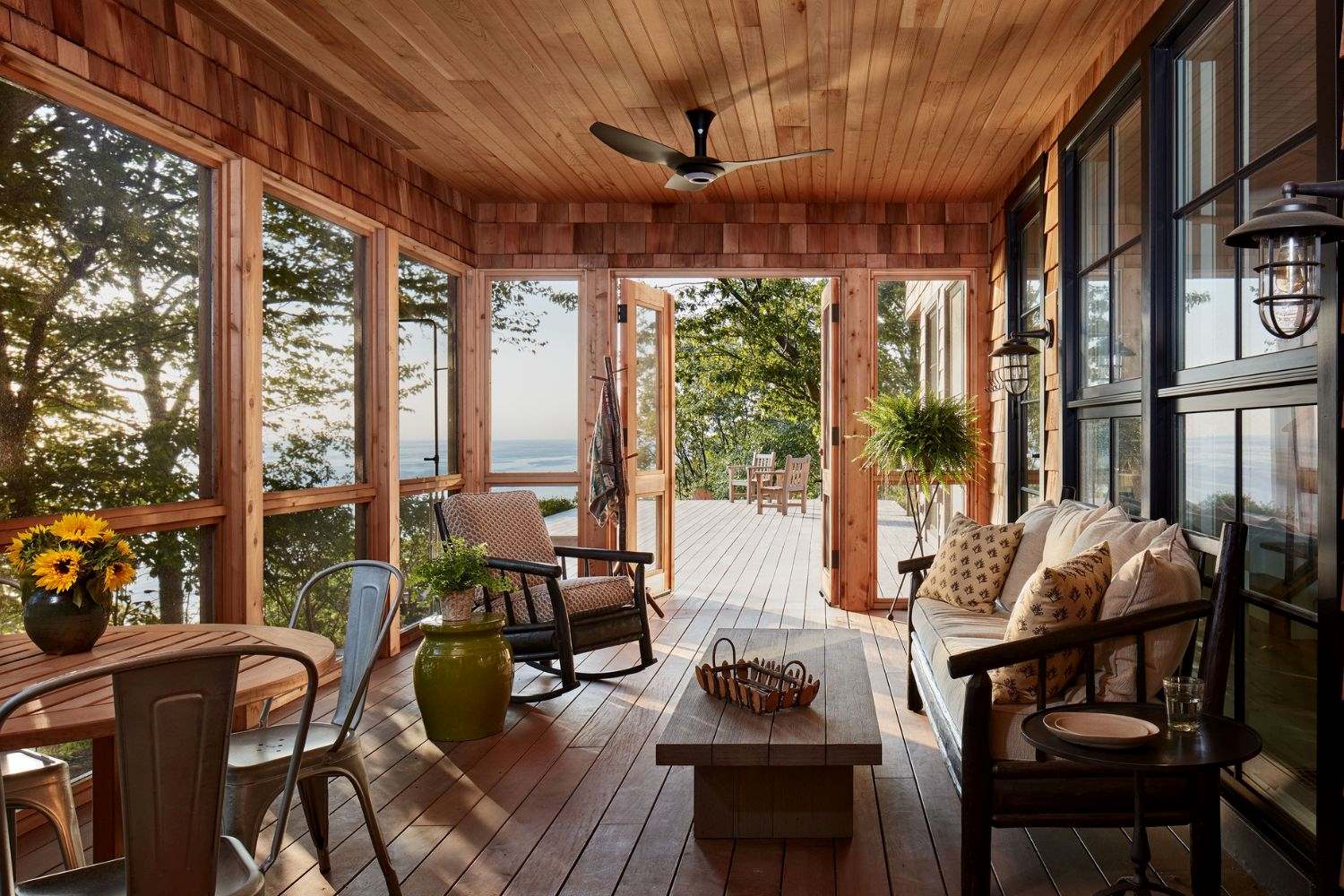
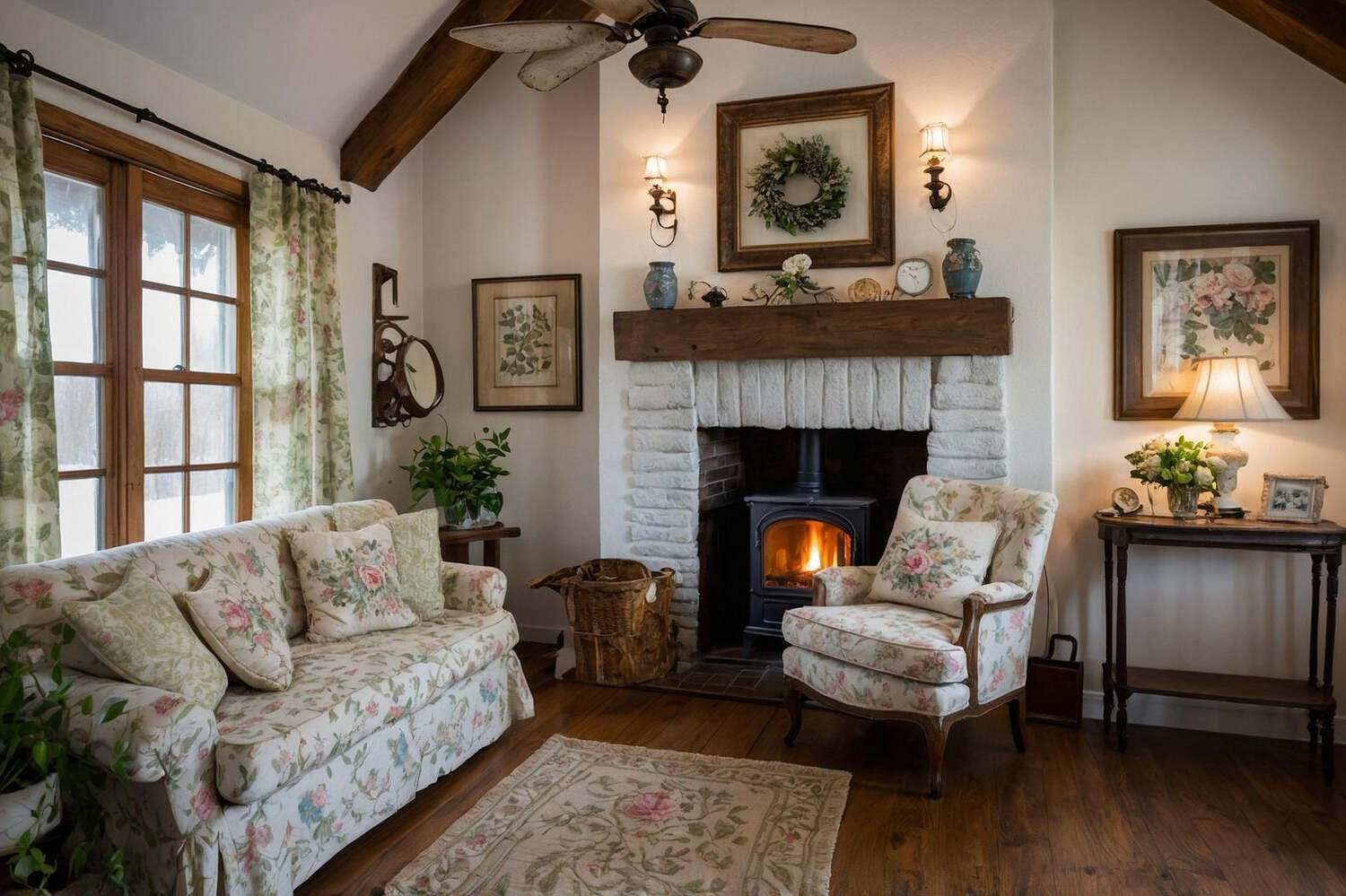
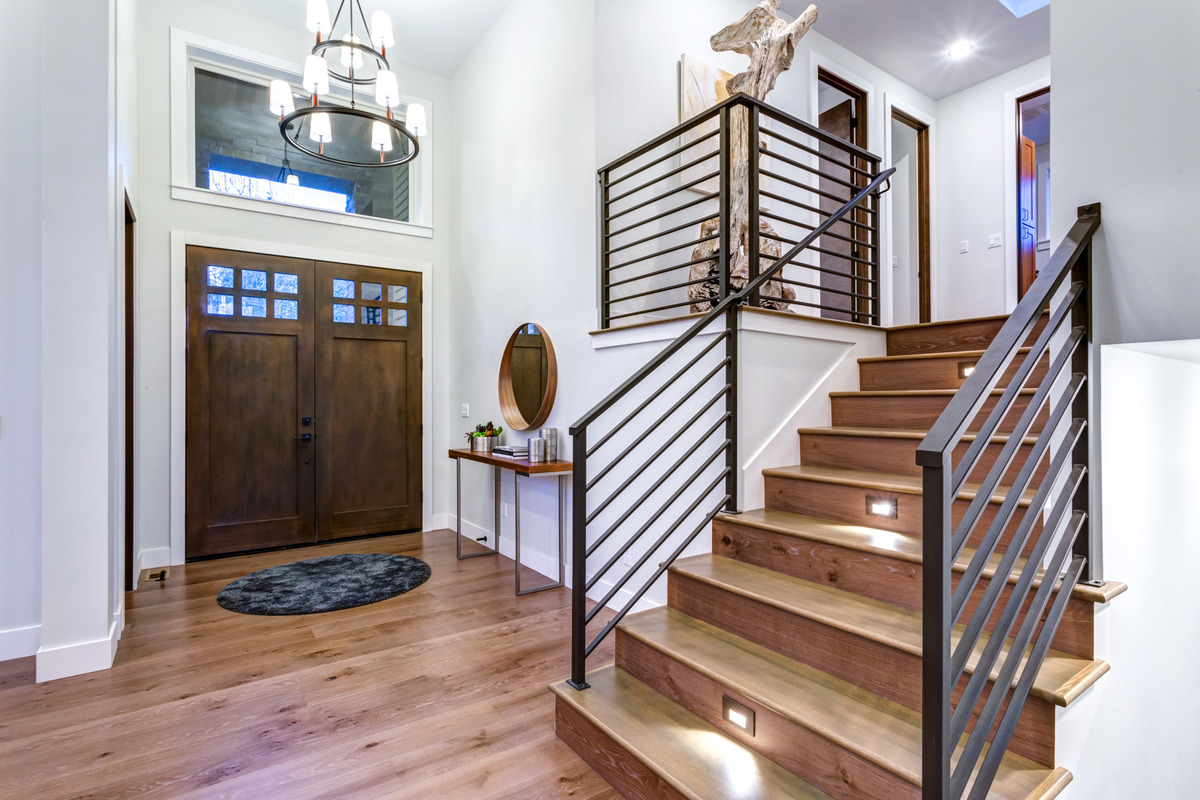
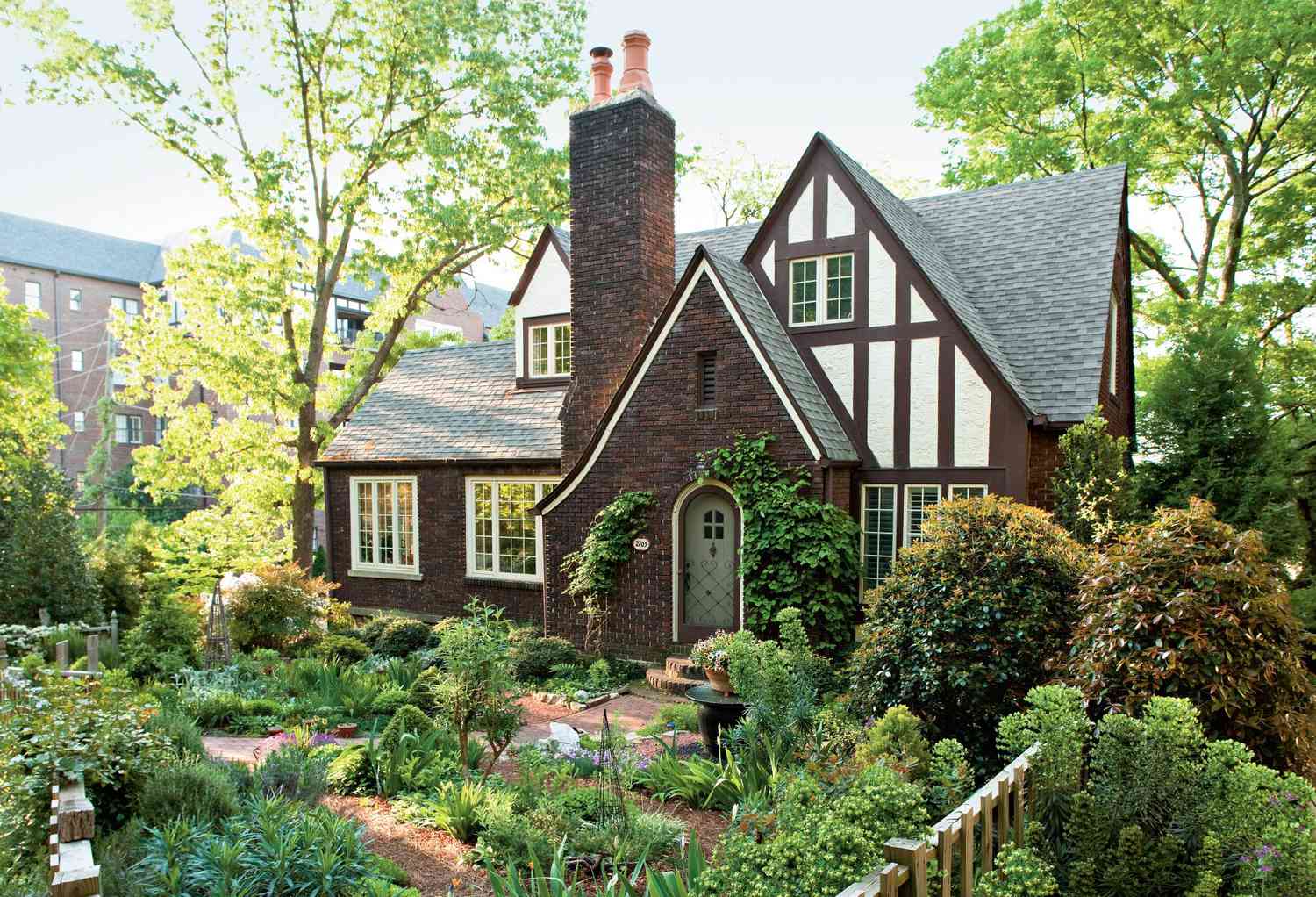
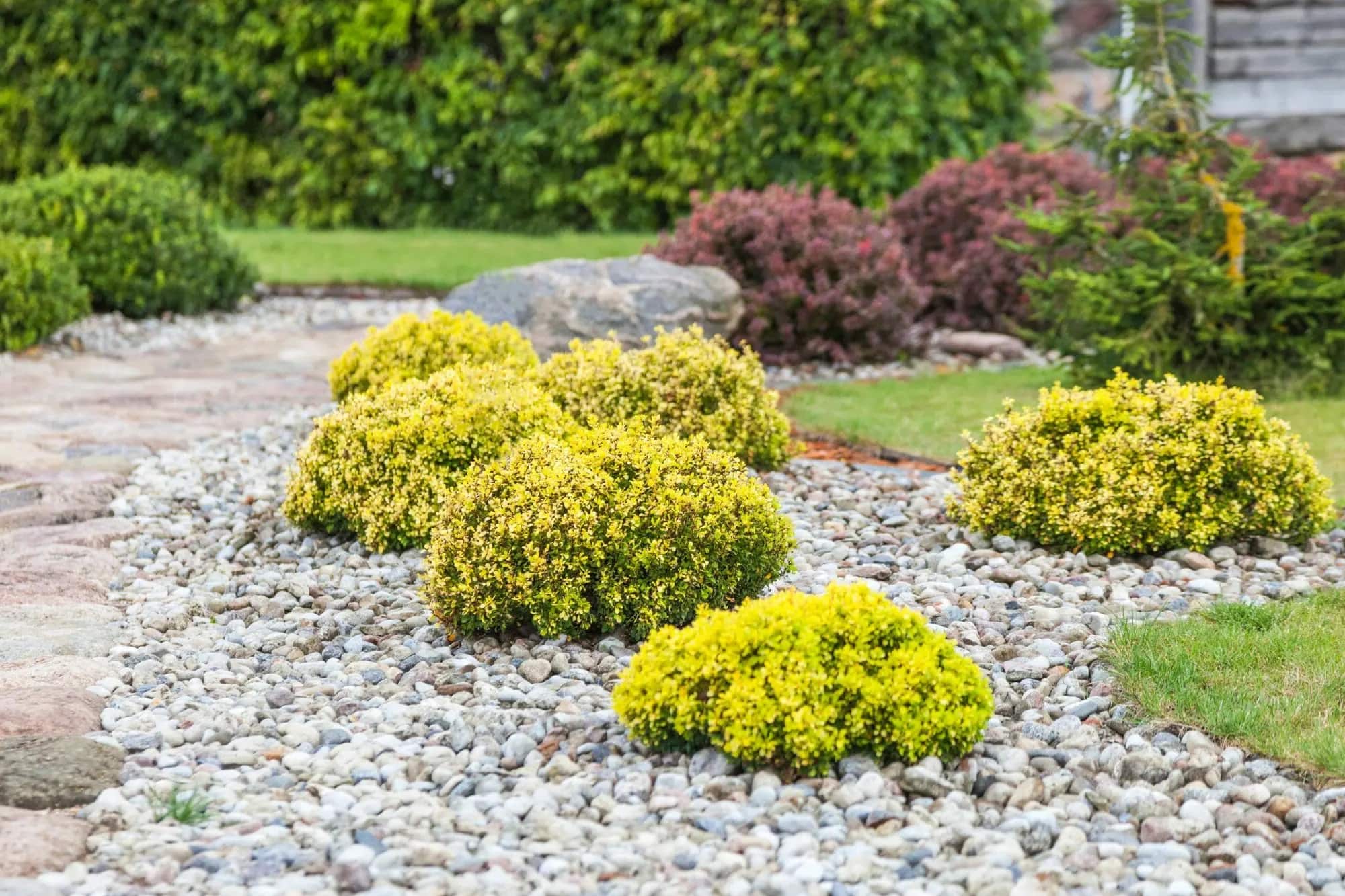

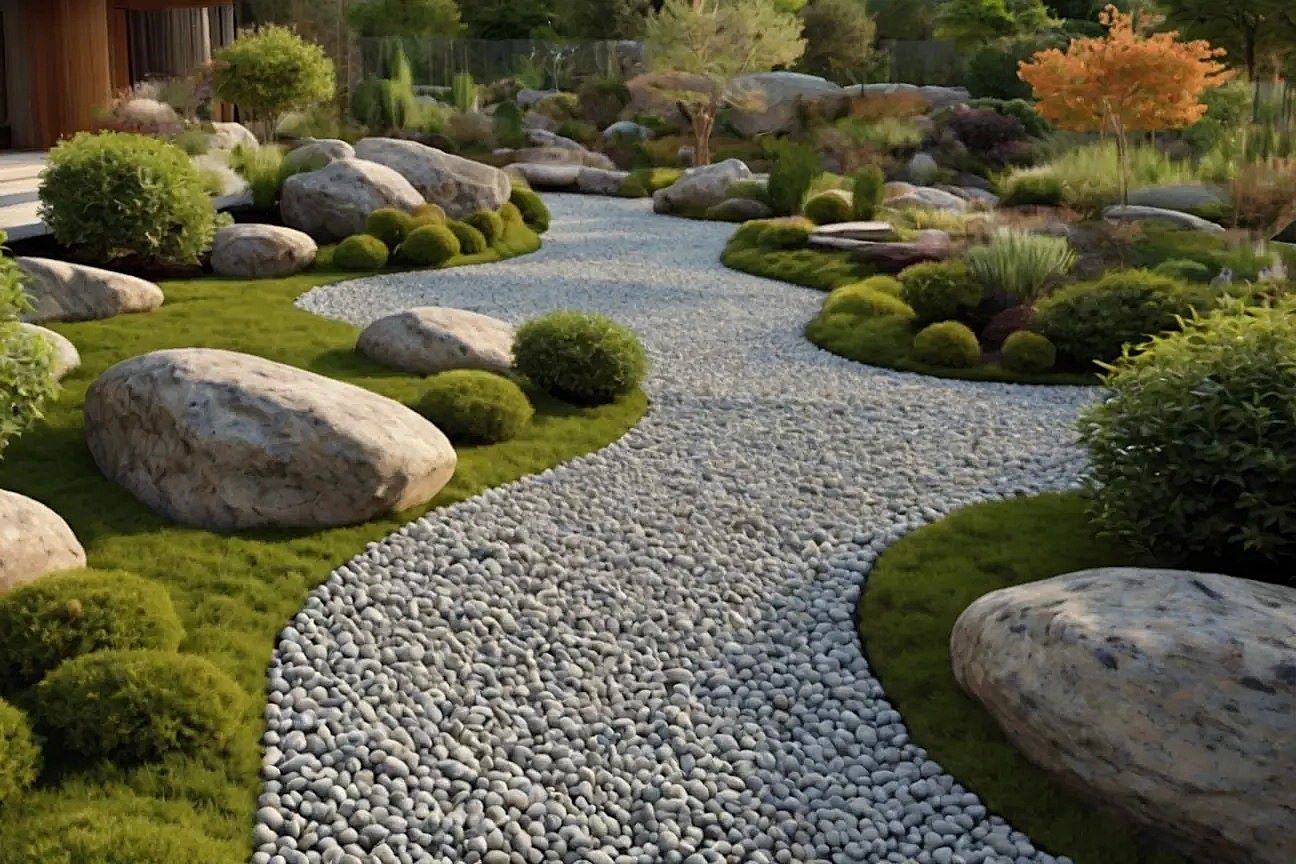
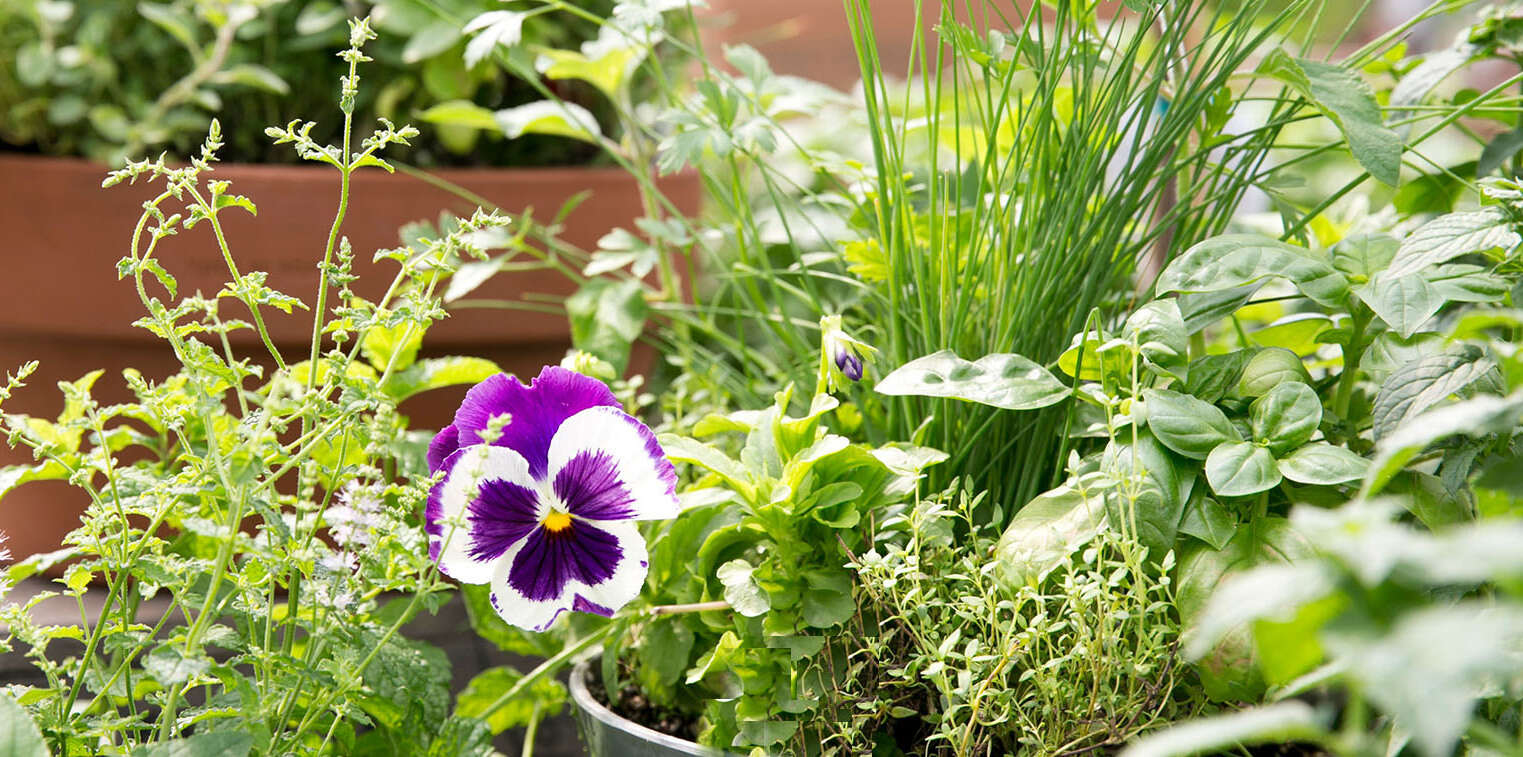

0 thoughts on “How To Design A Cottage-Style Cutting Garden”